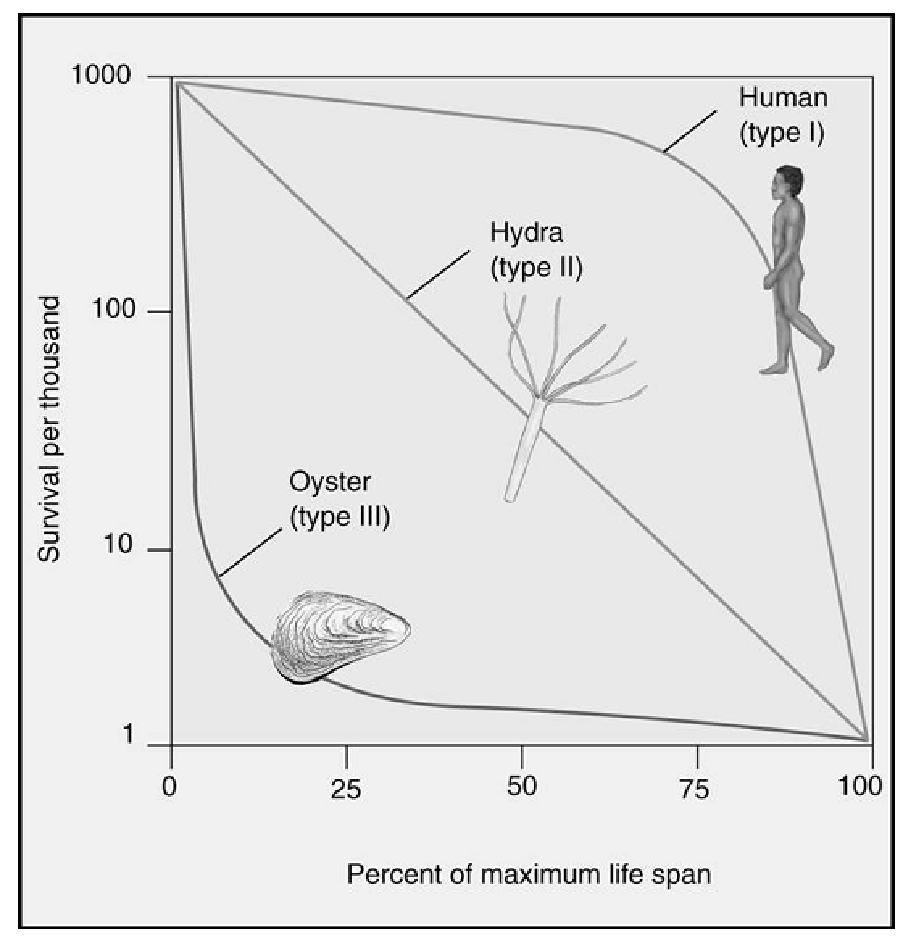An animal that eats both plants and animals is
A. a herbivore.
B. an omnivore.
C. a carnivore.
D. decomposer.
B. an omnivore.
You might also like to view...
Of the nearly 150 species in the genus Streptomyces, only S. somaliensis is known to be pathogenic in humans.
Answer the following statement true (T) or false (F)
Which of the following statements about the graph is true?

A. Oysters live longer than Hydra.
B. Hydra and humans have parallel life spans.
C. Humans and oysters have similar life spans.
D. Humans have low mortality rates early in life.
E. Oysters have high mortality rates late in life.
Clarify question:
What is the key concept addressed by the question?
What type of thinking is required?
Gather Content:
What do you already know about the characteristics of the three survivorship curves? What other information is related to the question?
Choose Answer:
Given what you now know, what information is most likely to produce the correct answer?
Reflection on Process:
Did your problem-solving process lead you to the correct answer? If not, where did the process break down or lead you astray? How can you revise your approach to produce a more desirable result?
The process in flowering plant reproduction in which the first sperm unites with an egg to form a diploid zygote and the second sperm unites with two haploid polar bodies to form the diploid endosperm is called double fertilization
Indicate whether the statement is true or false
A muscle fiber is made up of many
A. bursa. B. muscle cells. C. T tubules. D. fascicles. E. myofibrils.